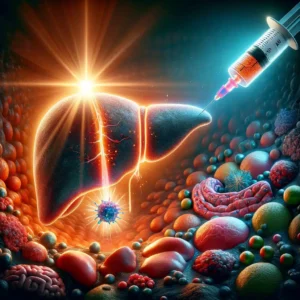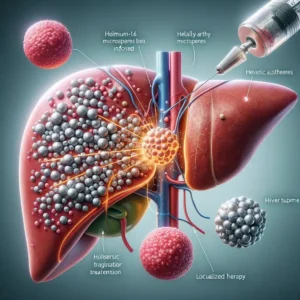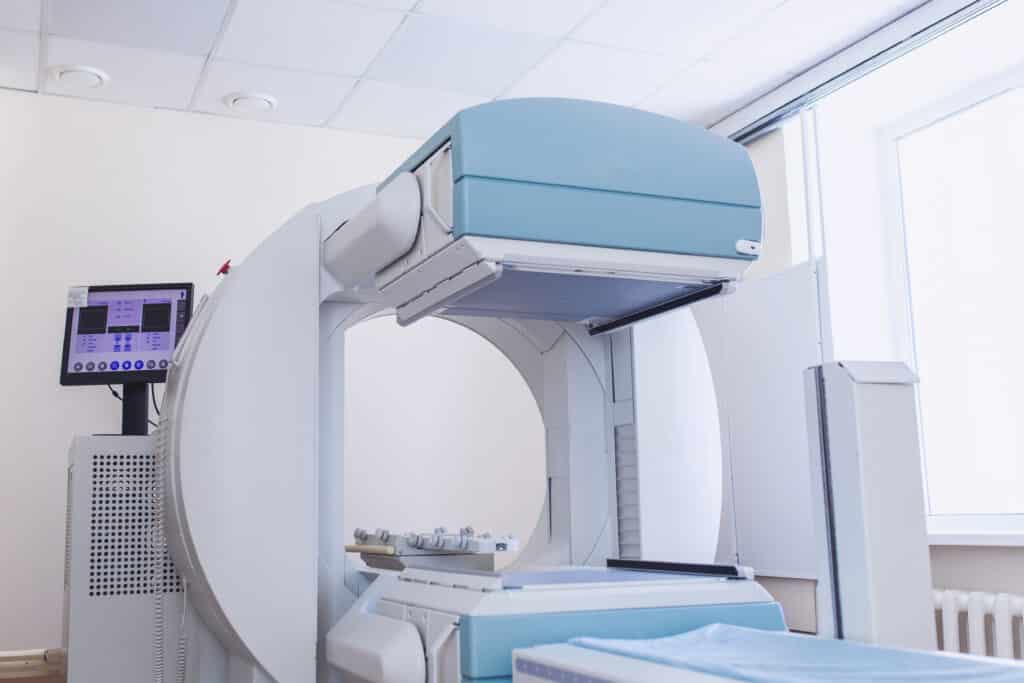Brachytherapy
Brachytherapy is a specialised form of internal radiation therapy that has proven highly effective in treating various types of cancer, including those in the head and neck, breast, prostate, cervix, and eye. Unlike external beam radiation therapy, which delivers radiation from a machine outside the body, brachytherapy involves the placement of radioactive material directly into or near the tumour site. This targeted approach allows for a more concentrated and precise radiation dose, reducing damage to surrounding healthy tissues and potentially minimising side effects.
There are several techniques for implementing brachytherapy, each tailored to the specific type and location of the cancer being treated. For example, interstitial brachytherapy is commonly used for treating prostate cancer. This technique inserts radioactive seeds or pellets into the prostate gland via small needles. These seeds emit radiation over time, killing cancer cells while minimising damage to nearby organs and tissues. The seeds eventually become inactive and can remain in the body without causing harm.
Intracavity brachytherapy is another technique typically employed in treating cervical or endometrial cancer. During this procedure, a radioactive source is placed inside a specialised applicator, which is then inserted into the patient’s body cavity, such as the vagina or uterus. The applicator holds the radioactive source close to the tumour, delivering a high radiation dose directly to the cancer cells. Intracavity brachytherapy can be administered as a low-dose rate (LDR) or high-dose-rate (HDR) treatment, depending on the intensity and duration of the radiation.
Episcleral brachytherapy is a specific form of brachytherapy used to treat eye melanoma. In this technique, a radioactive plaque is temporarily attached to the sclera, the white outer layer of the eye, directly over the tumour. The plaque contains tiny radioactive seeds that emit radiation, targeting the tumour while minimising exposure to the surrounding ocular structures. After a predetermined period, the plaque is removed, and the radiation source is no longer present in the body.
Brachytherapy has several advantages over traditional external beam radiation therapy. Its targeted nature allows higher radiation doses to be delivered to the tumour while sparing surrounding healthy tissues. As a result, treatment times are generally shorter, and patients may experience fewer side effects. However, brachytherapy may not be suitable for all patients or cancer types. Discussing potential treatment options with a healthcare professional to determine the best course of action is essential.
You are here:
home » brachytherapy





